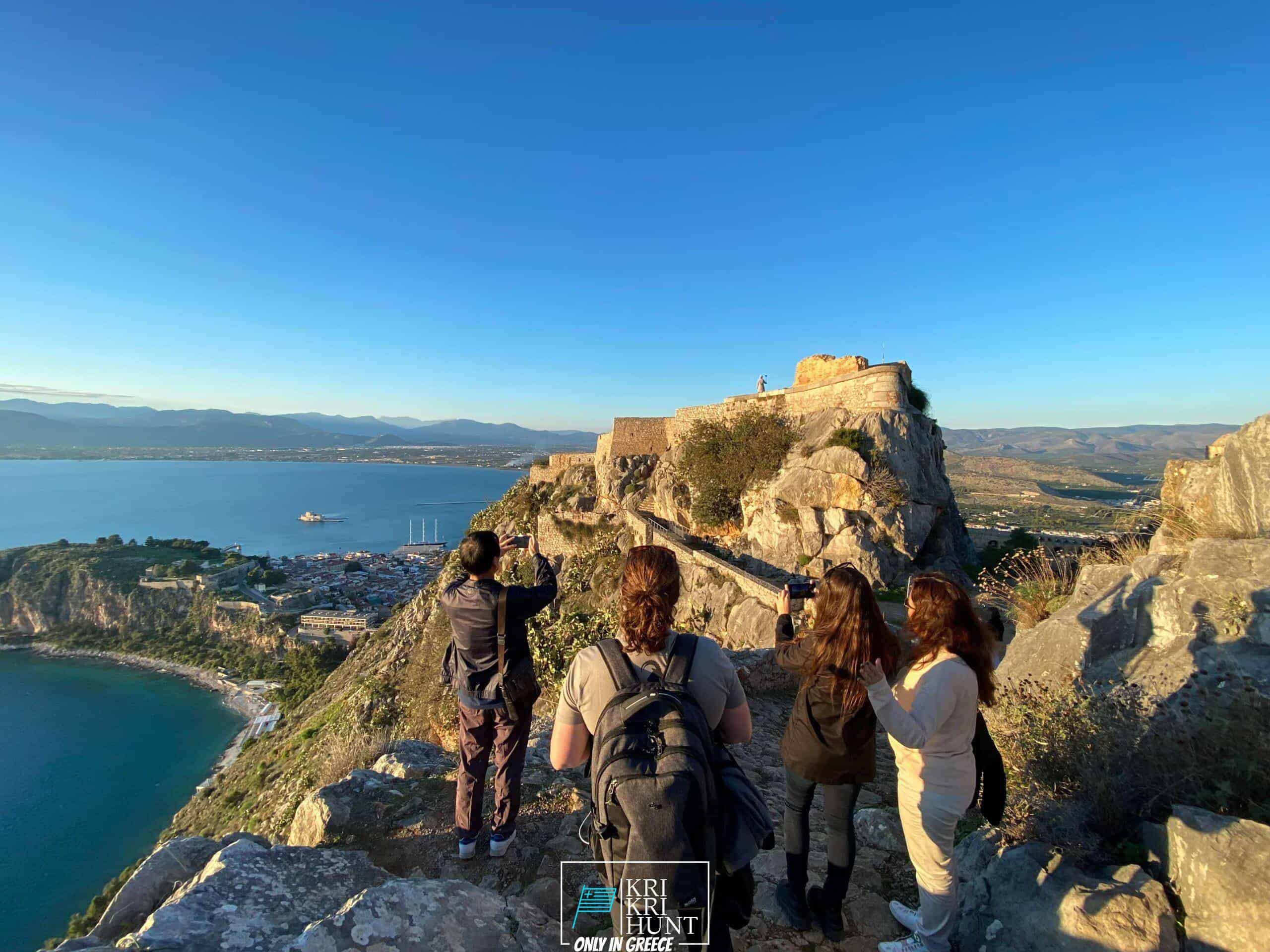Best ibex searching in Greece
Best ibex searching in Greece
Blog Article

Hunting for Kri Kri ibex in Greece is an incredible hunting exploration and amazing getaway done in one. Ibex searching is normally an extreme experience, yet not in this case! Dive to shipwrecks as well as spearfishing in old Greece, or enjoy ibex searching in an exotic place are just a few of the things you could do throughout a week long ibex searching trip in Greece. Can you consider anything else?

Pursuing the kri kri ibex in Greece can be a challenging endeavor. Searching large game in Greece is tough for international hunters. Swine and roe deer are the sole option for neighborhood seekers besides the kri kri ibex, which is only hunted in very carefully secured unique searching regions such as specific islands. The Kri Kri Ibex and mouflon can only be shot on special searching locations from morning till noon, according to Greek legislation. Slugs are the only ammo permitted. You need to book at the very least a year in advance for a license. To ensure that only serious hunters are allowed on these journeys, the Greek Ministry of Nature and also Agriculture problems licenses. To guarantee that the government concerns a certain variety of licenses per year.
On our Peloponnese trips, you'll reach experience all that this remarkable region needs to use. We'll take you on an excursion of a few of the most beautiful and also historic sites in all of Greece, consisting of ancient damages, castles, as well as a lot more. You'll also get to experience several of the standard Greek culture firsthand by delighting in several of the tasty food and white wine that the region is understood for. And naturally, no trip to Peloponnese would be full without a dip in the gleaming Mediterranean Sea! Whether you're a seasoned hunter looking for a novice vacationer or a new experience simply wanting to discover Greece's stunning landscape, our Peloponnese scenic tours are perfect for you. So what are you waiting on? Schedule your journey today!
There is really something for every person in the Peloponnese peninsula. Whether you are interested in history and society or nature as well as exterior tasks, this is a perfect location for your next holiday. If you are short in a timely manner, our hunting and touring Peloponnese Tours from Methoni is a wonderful way to see whatever this awesome area needs to offer.And lastly, your Kri Kri ibex prize is awaiting you.
What is the diference between Kri Kri ibex, Bezoar ibex and hybrid ibex
The kri-kri is not thought to be indigenous to Crete, most likely having been imported to the island during the time of the Minoan civilization. Nevertheless, it is found nowhere else and is therefore endemic to Crete. It was common throughout the Aegean but the peaks of the 8,000 ft (2,400 m) White Mountains of Western Crete are their last strongholds–particularly a series of almost vertical 3,000 ft (900 m) cliffs called ‘the Untrodden’—at the head of the Samaria Gorge. This mountain range, which hosts another 14 endemic animal species, is protected as a UNESCO Biosphere Reserve. In total, their range extends to the White Mountains, the Samaria National Forest and the islets of Dia, Thodorou, and Agii Pandes.
This Ibex is NOT a diminutive form of the Bezoar Ibex, which has migrated into the western-most reach of the range of this species. The kri – kri (Capra aegagrus cretica), sometimes called the Cretan goat, Agrimi, or Cretan Ibex, is a feral goat inhabiting the Eastern Mediterranean, previously considered a subspecies of wild goat. The kri-kri has a light brownish coat with a darker band around its neck. It has two horns that sweep back from the head. In the wild they are shy and avoid tourists, resting during the day. The animal can leap some distance or climb seemingly sheer cliffs.
“The agrimi goat Capra aegagrus cretica is unique to Crete and its offshore islands. It has been identi®ed as a sub-species of the wild bezoar goat Capra aegagrus aegagrus Erxleben, 1777, which it closely resembles in horn shape, body form and coloration. This classi®cation has been disputed by some researchers who claim that the agrimi are feral goats, derived from early domestic stock brought to the island by the ®rst Neolithic settlers. In order to clarify this issue, DNA analyses (cytochrome b and D loop sequences) were carried out on tissue of live and skeletonized agrimi and compared to sequences of wild and domestic caprines. Results conclusively show the agrimi to be a feral animal, that clades with domestic goats (Capra hircus) rather than with wild Asiatic bezoar. This study demonstrates that morphometric criteria do not necessarily re¯ect genetic af®nities, and that the taxonomic classi®cation of agrimi should be revised.”
Report this page